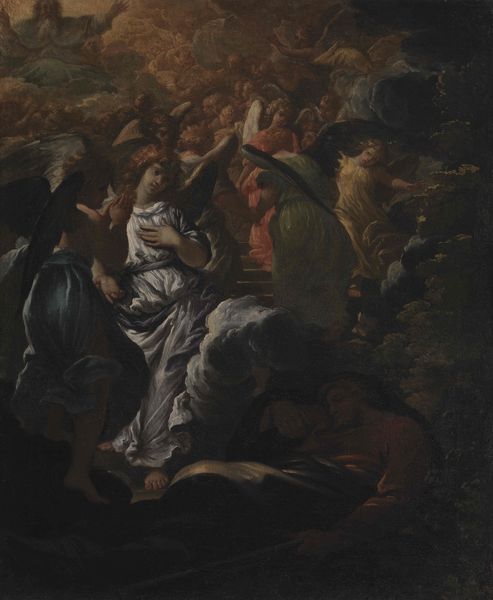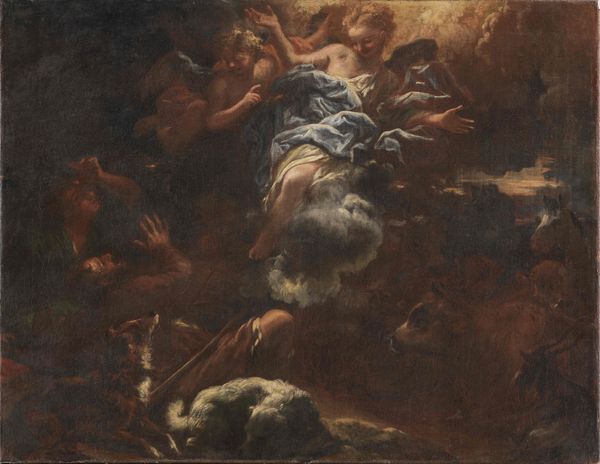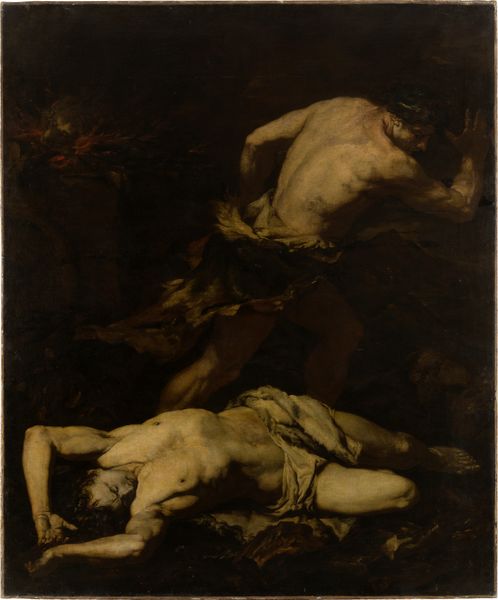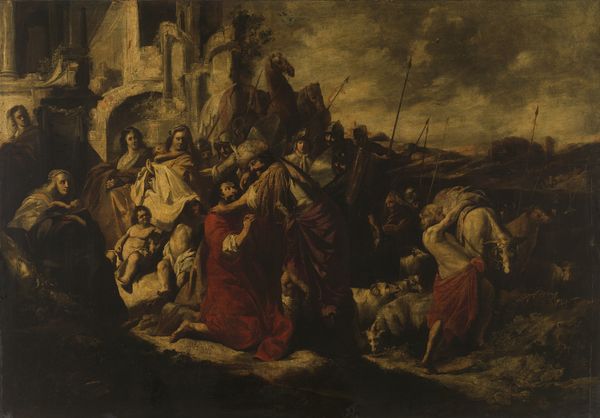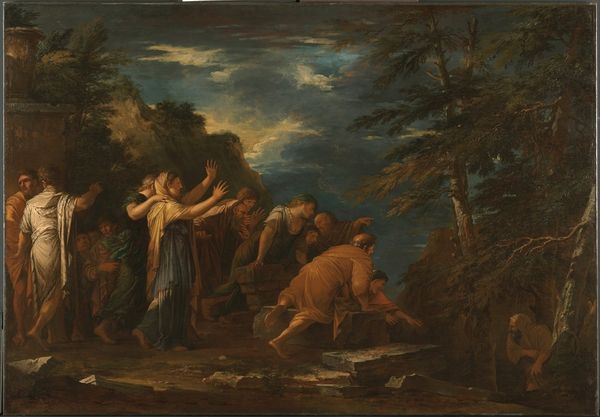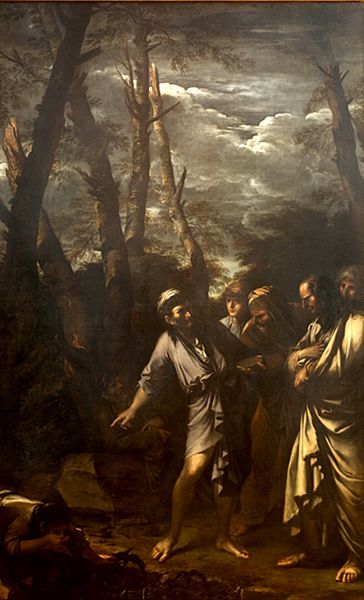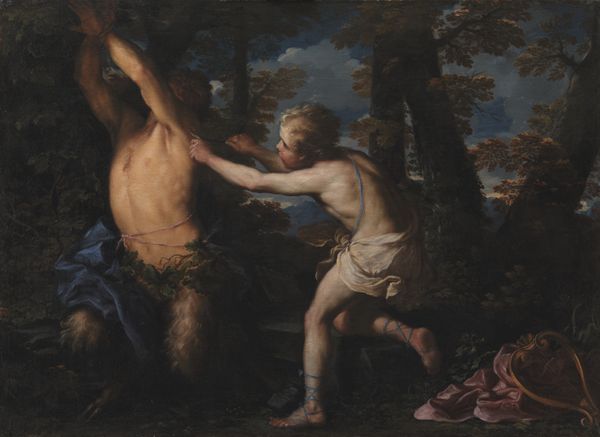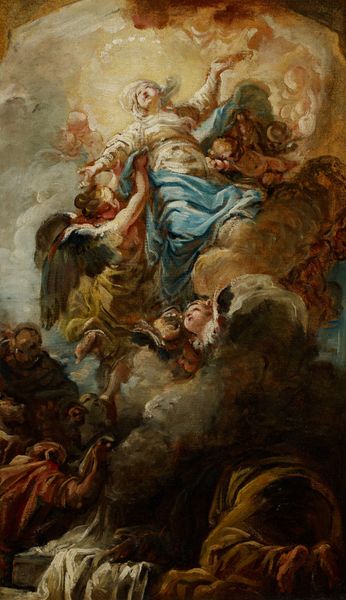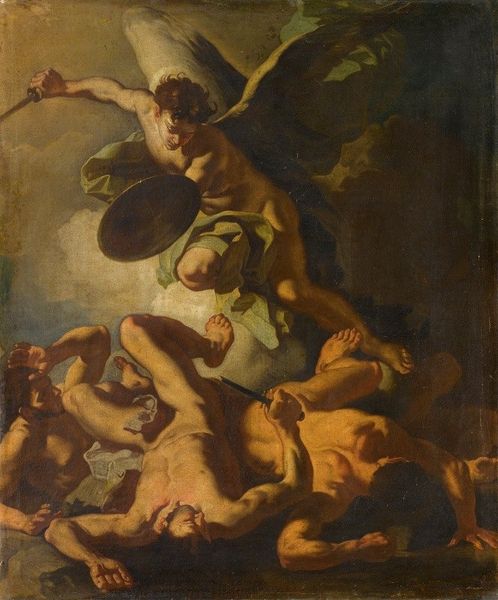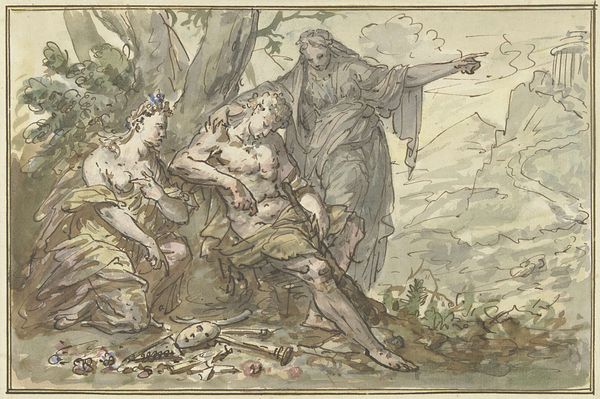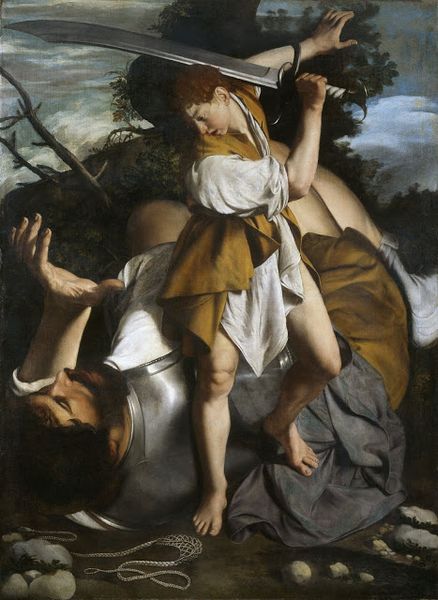
painting, oil-paint
#
portrait
#
baroque
#
painting
#
oil-paint
#
figuration
#
oil painting
Dimensions: height 54.4 cm, width 39 cm, thickness 3.3 cm, depth 5.4 cm
Copyright: Rijks Museum: Open Domain
Editor: So, this is Alessandro Magnasco’s oil painting, “Three Camaldolese Monks in Ecstatic Prayer," created sometime between 1710 and 1740. It's striking how the muted colors contribute to a somber, almost mournful mood. What’s your take on it? Curator: Magnasco painted this during a time of intense religious and political upheaval. Consider the Counter-Reformation’s influence and how it sought to represent religious experience. How might these ecstatic poses and desolate landscape reflect the church's anxieties and desires to reaffirm faith through powerful, almost theatrical, displays of devotion? Editor: The monks’ postures seem…uncomfortable, almost tortured. It makes me wonder if this portrayal was fully embraced or seen as…excessive? Curator: That’s precisely the question to consider. While the Church may have supported expressions of fervent piety, did the public receive such intense displays positively? Consider the function of the painting: was it intended for public display, or for a private, more contemplative setting? The context significantly alters our understanding. Editor: It’s interesting to think about the setting impacting the message so much. It makes me question how we view it today, outside of its original setting and time. Curator: Precisely. Today, in the detached environment of a museum, we may interpret the image quite differently. The power dynamics, the role of religious institutions...we view them through a vastly changed social and political lens. Does seeing it removed from its original function change how we respond to its raw emotion? Editor: That gives me a lot to think about – how the art interacts with society and shapes people's beliefs through history. It definitely makes you realize that a painting isn’t just the image itself. Curator: Absolutely. It's a reflection of—and a participant in—the complex conversations of its time. Examining those conversations offers a richer understanding.
Comments
No comments
Be the first to comment and join the conversation on the ultimate creative platform.
